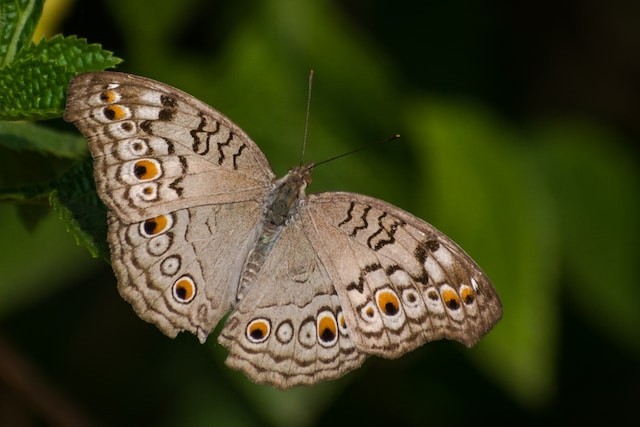Moths and other insects collected around lights like lamps are a common sight, particularly in the summer. Since bright lights mess with insects' navigational systems, they are drawn to them like a moth to a flame.
Discovering cause of insects' attraction to lights

Moths are thought to fly toward artificial light sources since the lights confuse their internal navigation systems, according to some entomologists, as per New Scientist.
Moths didn't actually develop in an environment with lots of strong light; rather, they did so when the only sources of light on Earth were the distant sun, moon, and stars.
Some insects fly transversely to a distant light source, like the moon, to navigate. This behavior is known as transverse orientation.
When a moth flies by artificial lights like your porch light or a campfire, the angle to the light source shifts.
Additionally, moths could not even employ transverse navigation. In the 1970s, Philip Callahan, an entomologist then employed by the U.S., originally advanced a radically new notion.
Callahan found that certain of the infrared light wavelengths emitted by candle flames coincide exactly with the pheromones, or sex hormones, released by female moths. The pheromones are luminous and glow very faintly, as Callahan had previously discovered.
Because they mistakenly think that candles are females sending out sex signals, male moths are drawn to them.
Moths are discovered by entomologists to be less drawn to artificial lighting during the full moon week than they're during the new moon week.
Artificial light results in the affects population of Moth
Recent research has uncovered correlative evidence connecting light pollution to the unfavorable population trends of various European moths.
Anthropogenic light has been shown to have wide-ranging effects on moth behavior and physiology.
It is abundantly clear that artificial light can inhibit adult moth activity, even at low levels, potentially depriving them of essential actions, as per Royal Entomological Society.
In close proximity to nighttime lighting, moths may not begin a nocturnal activity. Moths that fly into a bright location from darkness may become passive and occasionally do so all night.
This might be the case because being exposed to light causes the activity to cease during the day. This reaction might be mediated by the light- and dark-adapted phases of insect compound eyes. A moth is virtually rendered blind by a sudden shift in light levels until its eyes have acclimated.
Most light Moths are attracted to
Some moth species are strongly drawn to UV radiation. In addition to soft white light, blue radiating light, black lights, and mercury vapor lights, these same kinds of moths are frequently drawn to them, as per Moth Prevention.
These exhibit what is known as positive phototaxis and are phototactic. Simply said, this specific species of moth is often nocturnal and has a strong nighttime attraction to light.
Moths and other insects frequently flutter around porch lights, street lights, and other lights due to the phenomenon known as phototaxis.
Not all moth species, nevertheless, exhibit positive phototaxis. Compared to diurnal insects, nocturnal ones are more prone to be attracted to lighting sources.
Related Article: Moth Study shows Climate Change Effects Masked
© 2025 NatureWorldNews.com All rights reserved. Do not reproduce without permission.





